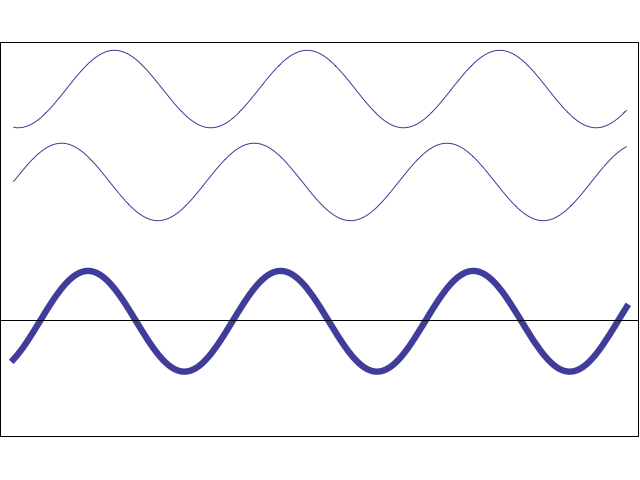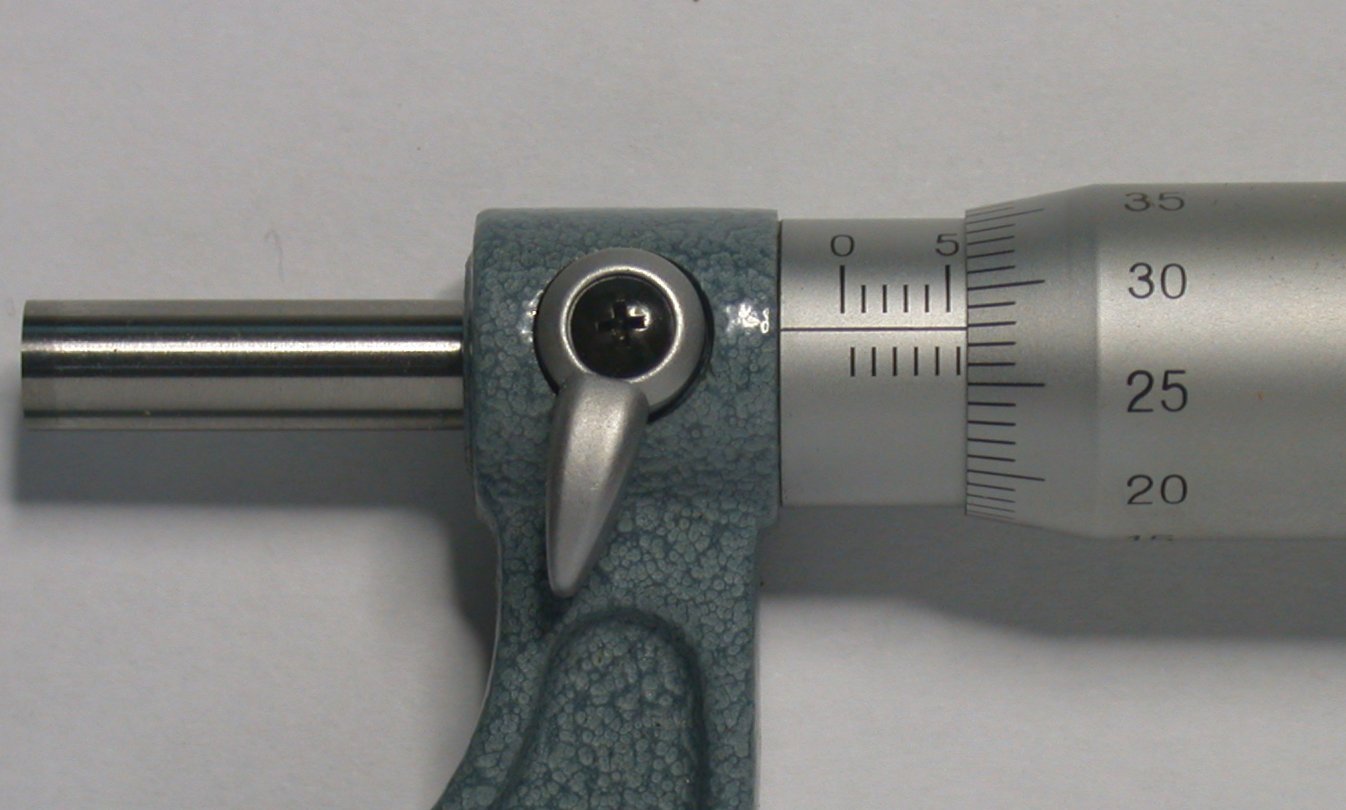Let me approach the arrangement of matter, from another direction. Scientists use the Doppler shift to infer the size and age of the universe. This method works under the assumption that atomic spectra are very distinct for each atom, like a finger print and not subject to endless variations. One can tell a sodium atom from a mercury atom because it has a very specific emission spectra that you can place side by side. This demonstrates very distinct states of matter at the level of atoms. If it was endless variation you could not tell one from the other due to so many similar lines.

Once the emission spectra is released by any atom, the motion of the star, galaxy or the universe will have an impact on the energy waves that reach a distant reference like the earth. The entire spectrum might red shift causing the little lines, in the diagram above, to all move slightly to the right. But these extra states, although representing hypothetical matter states on paper, are not due to matter, but are the various energy tweaks.
Essentially matter is finite in the ways it can arrange as inferred by spectra standards. Energy is different and can tweaked with a number of reference effects connected to relativity for example. This will add variety to the energy beyond what the matter can spontaneously emit.
Matter and its constitutes like mass and change are not reference dependent, but are invariant to reference. These act as standards which are the same in all reference. Energy, as the Doppler shift shows, is reference dependent and therefore as variable as the number of possible references.
This brings us back to entropy. No matter how you define entropy, entropy needs energy to increase. The waste heat of a machine due to friction is one source of energy for entropy. If the machine was perfect with no friction heat, entropy would stay low. Since matter is more limited, while energy has more variety due to reference effects like velocity and red shift, the impact of this more varied energy fed back onto limited matter is used to express entropy via matter. The entropy is different from the EM forces in atoms, that define specific atomic spectra; represents additional information beyond EM forces.
If you take two waves and add them, one can get a single wave that is the composite of the two. This is shown below. Say the reference change of energy creates one new wave, that is different from the spectra of matter. This can be still be used to express entropy, as long two or more matter waves add to get to energy wave.
With information, brain energy tweaked by intellectual reference, cause standard ideas to take on new arrangements based on the energy/priority of standards states. With certain atoms having distinct states different from others (spectral lines) often entropy has to work with energy that can only be expressed by distinct and specific arrangements, tailoring new information.



